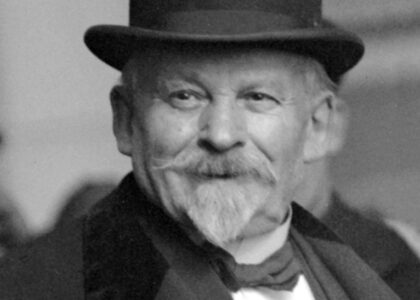Welcome to the Square à la mémoire des Anciens Combattants Afrique du Nord, a place of remembrance nestled in the heart of France. This square is a symbol of gratitude and acknowledgment for the soldiers who fought in the North African conflicts. It stands as a solemn reminder of France’s complex history and its ties to the African continent.
The square was established to honor the veterans of the Algerian War, the Tunisian War of Independence, and the Moroccan War of Independence, collectively referred to as the North African conflicts. These wars were crucial in the decolonization process of French territories in Africa during the mid-20th century.
The Algerian War, which lasted from 1954 to 1962, was particularly significant. It was a brutal conflict that led to Algeria gaining independence from France. The war involved guerrilla warfare, and extensive use of torture, and left deep scars on both the French and Algerian societies. Over a million people of Algerian descent now live in France, and the legacy of this conflict continues to influence French politics and society.
As you stand here, take a moment to reflect on the courage and sacrifices of those who served. Among the notable figures who visited or were associated with these conflicts were Charles de Gaulle, the French president who played a critical role in negotiating Algeria’s independence, and Ferhat Abbas, a prominent Algerian nationalist leader.
The square has evolved over time, not only as a place of remembrance but also as a site for public gatherings and ceremonies. Each year, on November 11th, a day marking the end of World War I, a special commemoration takes place here to honor the veterans of North Africa.
In the broader historical context, this site represents the shifting dynamics of colonial power and the enduring effects of colonialism. It serves as a reminder of the complex relationships between France and its former colonies, highlighting themes of identity, memory, and reconciliation.
As you leave this square, consider the intricate tapestry of history it represents, woven from the threads of conflict, courage, and the quest for independence.





